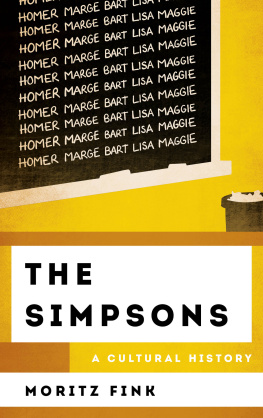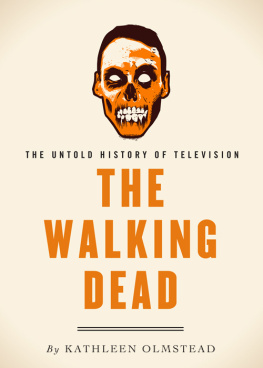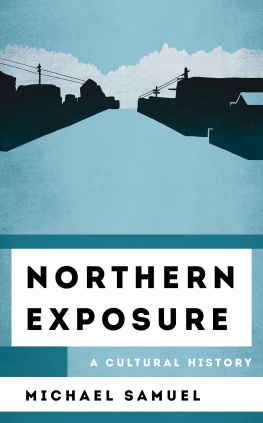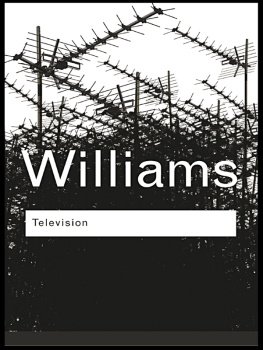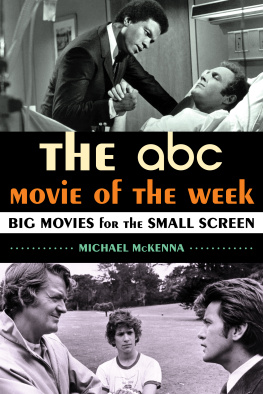Small Screen, Big Feels
Small Screen, Big Feels
Television and Cultural Anxiety in the Twenty-First Century
Melissa Ames
Copyright 2020 by The University Press of Kentucky
Scholarly publisher for the Commonwealth,
serving Bellarmine University, Berea College, Centre
College of Kentucky, Eastern Kentucky University,
The Filson Historical Society, Georgetown College,
Kentucky Historical Society, Kentucky State University,
Morehead State University, Murray State University,
Northern Kentucky University, Transylvania University,
University of Kentucky, University of Louisville,
and Western Kentucky University.
All rights reserved.
Editorial and Sales Offices: The University Press of Kentucky 663 South Limestone Street, Lexington, Kentucky 40508-4008
www.kentuckypress.com
Library of Congress Cataloging-in-Publication Data
Names: Ames, Melissa, 1978- author.
Title: Small screen, big feels : television and cultural anxiety in the twenty-first century / Melissa Ames.
Description: Lexington, Kentucky : The University Press of Kentucky, [2020] | Includes bibliographical references and index.
Identifiers: LCCN 2020022841 | ISBN 9780813180069 (hardcover) | ISBN 9780813180083 (pdf) | ISBN 9780813180090 (epub)
Subjects: LCSH: Collective memory and televisionUnited StatesHistory21st century. | Television and social mediaUnited StatesHistory21st century. | Television programsSocial aspectsUnited States. | Television programsPsychological aspectsUnited States. | Anxiety on television.
Classification: LCC PN1992.8.C65 A44 2020 | DDC 791.45/655dc23
LC record available at https://lccn.loc.gov/2020022841
This book is printed on acid-free paper meeting
the requirements of the American National Standard
for Permanence in Paper for Printed Library Materials.
Manufactured in the United States of America
| Member of the Association of University Presses |
To McKinley and Madison (and all the children in my life): May the world you create have fewer cultural anxieties to view through your screens.
Contents
Introduction
Watching (and Feeling) Contemporary American TV: Understanding the Relationship among Societal Conflict, Technological Advancement, and Television Programming
Twenty-first-century television has been instrumental in cultivating the shared cultural memory of emotionally charged events unfolding in the United States. Consider, for example, this nonexhaustive list of traumatic events, societal conflicts, and political milestones that most Americans witnessed through television screens: the contested Bush-Gore 2000 presidential election, the September 11 terrorist attacks, Hurricane Katrina, U.S. Navy Seals infiltrating Osama bin Ladens compound, the presidential inauguration of Barack Obama, the Occupy Wall Street movement, the Boston Marathon bombings, the Ferguson protests, the controversial Clinton-Trump 2016 presidential election, the 2017 Womens Marches, the Stoneman Douglas High School shooting, the mass imprisonment of asylum seekers at border crossings, the COVID-19 pandemic, and so on. With the proliferation of mobile technology, both the production and consumption of television have changed, which has allowed many of these events to be viewed through television coverage and video clips accessible on laptops, tablets, and smart-phones. Likewise, traditional television coverage of such historical events now often comprises footage captured by everyday citizens with technological devices on hand to capture the aftermath of natural disasters and mass shootings, the real-time instances of police brutality and hate crimes, the on-the-ground experience of political rallies and social protests, and so forth.
Though television has always played a role in recording and crafting history, shaping cultural memory, and influencing public sentiment, the changing nature of the medium in the post-network erathe around-the-clock coverage enabled by countless cable stations, on-the-go accessibility granted by streaming and mobile technology, the made-for-me personalization of television playlists and ideologically specific networksfinds viewers experiencing and participating in this process in new ways.1 Studying the U.S. televisual landscape of the twenty-first century, this book traces the reciprocal relationship among current events, technological shifts, and programming trends and argues that these three work together to contribute to collective national affect states.2 While television prompts multiplesometimes idiosyncraticemotions in individual viewers and communities, this project focuses primarily on the ways in which twenty-first-century programming has responded to and reinforced a cultural climate grounded in fear and anxiety in the United States.3
Entertaining the Era of Fear: Affect in the Post-9/11, PostSocial Media Period
For those old enough to remember the September 11 terrorist attacks, their memory of the day is probably framed within a television set: an image of a plane crashing into the side of one of the World Trade Center buildings; the footage of one or both of the towers toppling to the ground; horrific panoramic scenes of New York city filled with smoke and debris, injured people, shocked bystanders, and heroic first responders.4 Probably erased from those memories is the crawl running across the bottom of those images, the network logo displayed on the corner of the screen, or the somber commentary provided by the news anchors. As it had in past televised national tragedies, television transported viewers to the scene of this trauma, cementing the memory in their minds as readily as if they had been spectators on the ground. And, in doing so, it began broadcasting an era of fear that would grow and take on many different forms (and targets) in the following two decades.
Although the 9/11 events occurred twenty-one months after the start of the new millennium, the early decades of the twenty-first century can easily be theorized as a post-9/11 period. Many scholars have viewed the terrorist attacks as a watershed moment, a sort of year zero, in American history.5 For example, Walter Kalaidjian has described 9/11 as the inaugural trauma of the twenty-first century, one that decisively sutured globalization and disaster into the defining symptom of our times.6 The affect theorist Brian Massumi argued that during this era direct affect modulation dominated over old-style ideology in ways more obvious than in decades past.7 In his essay Fear (The Spectrum Said), Massumi discussed the U.S. Homeland Securitys use of the color-coded terrorist alert system, arguing that it is a dangerous political tool that allows the government to create a climate of controlled affective attunement.8 As Michael Fisher notes, creating fear and moral panic has always been a useful tool for the elite.9 As I will discuss in this text, however, the technological affordances of our time provide powerful tools for these elites, government officials, and entertainment moguls, as well as laypersons, to prompt such emotions.10 Discussing the current saturation of social space by fear, Massumi argues that mass media function as technologies of fear.11 Similarly, Hisham Ramadan and Jeff Shantz argue that the media play a large role in crafting and circulating phobic constructions.12


